FC-13 - Spatial queries

- Demonstrate the syntactic structure of spatial and temporal operators in SQL
- State questions that can be solved by selecting features based on location or spatial relationships
- Construct a query statement to search for a specific spatial or temporal relationship
- Construct a spatial query to extract all point objects that fall within a polygon
- Compare and contrast attribute query and spatial query

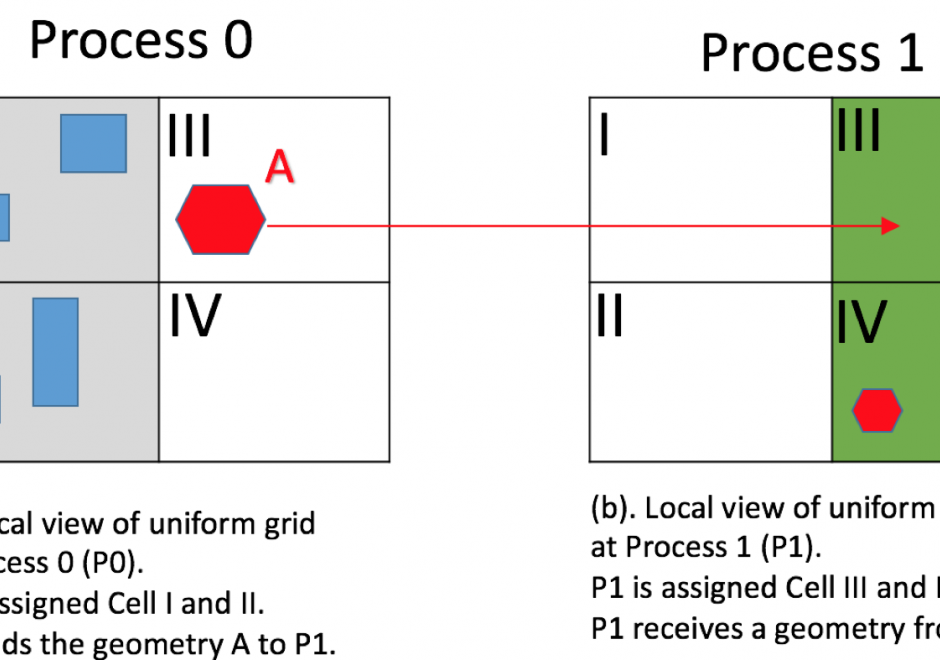
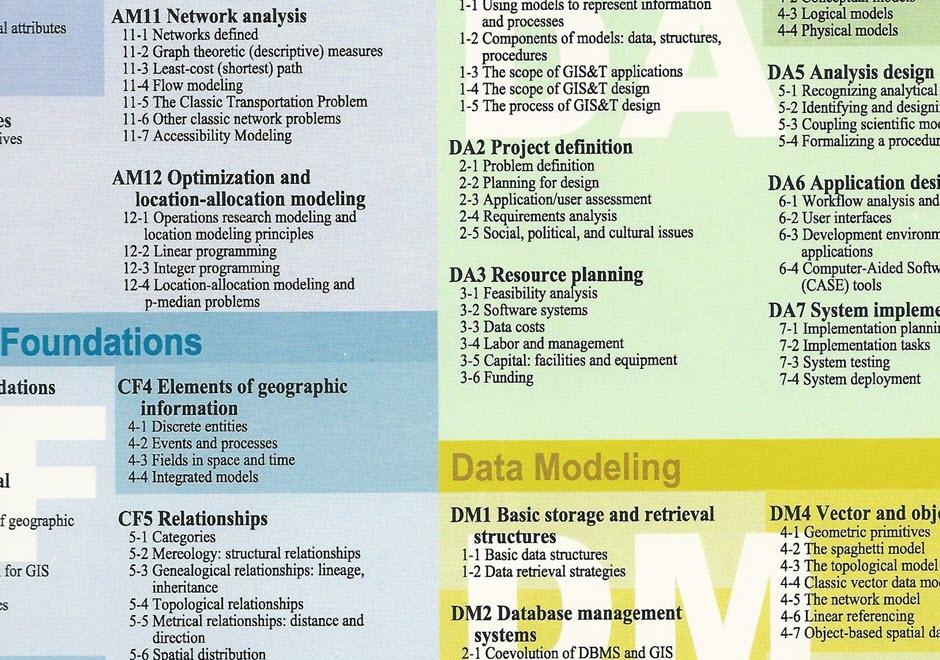
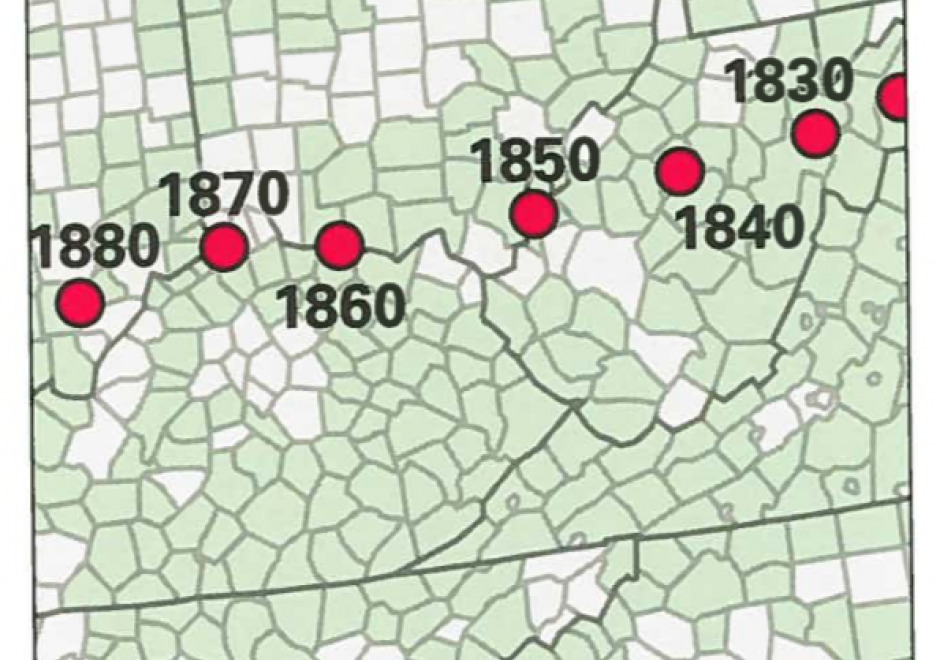
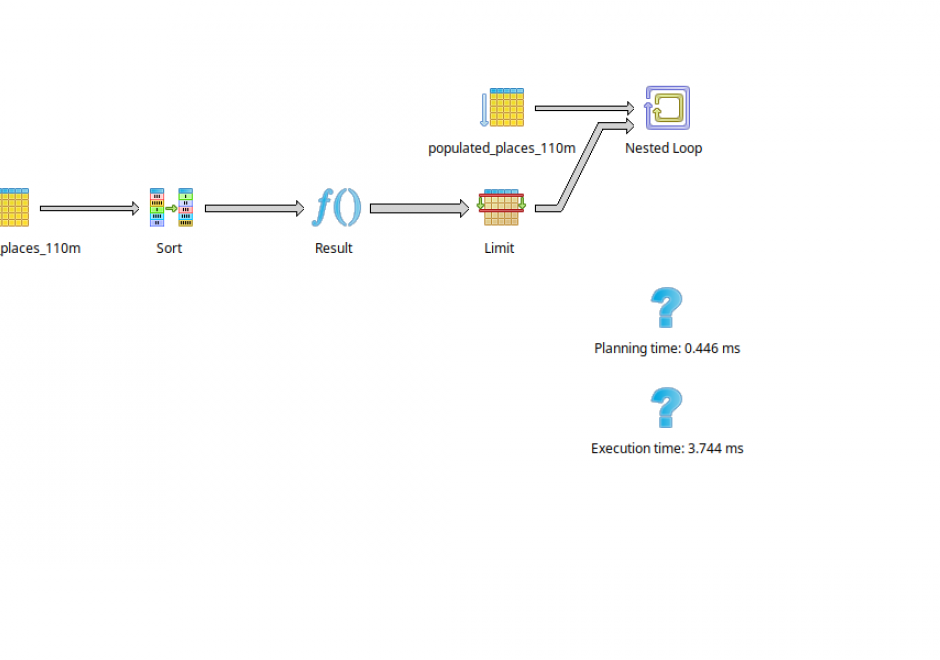
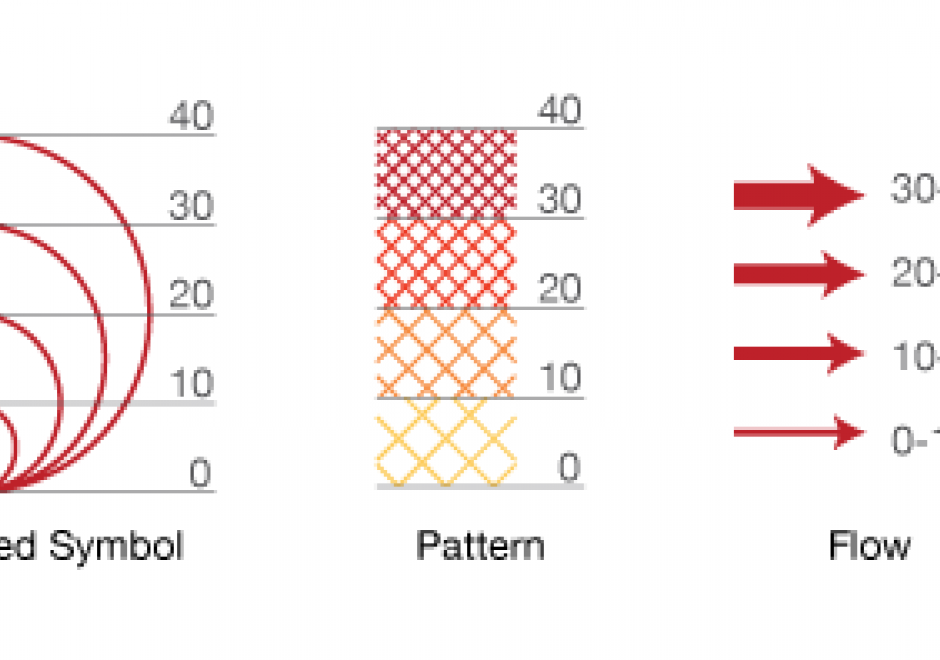

AM-14 - Spatial process models